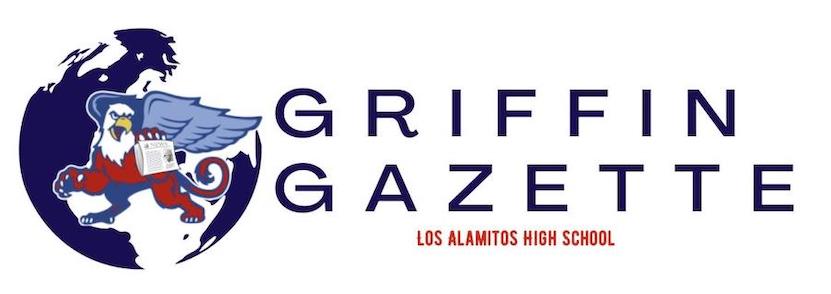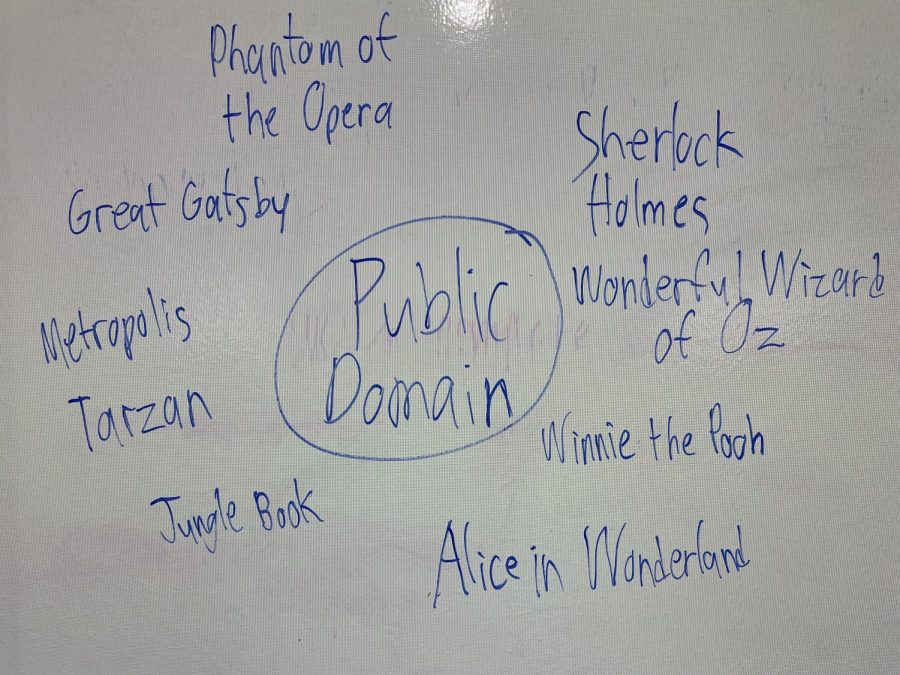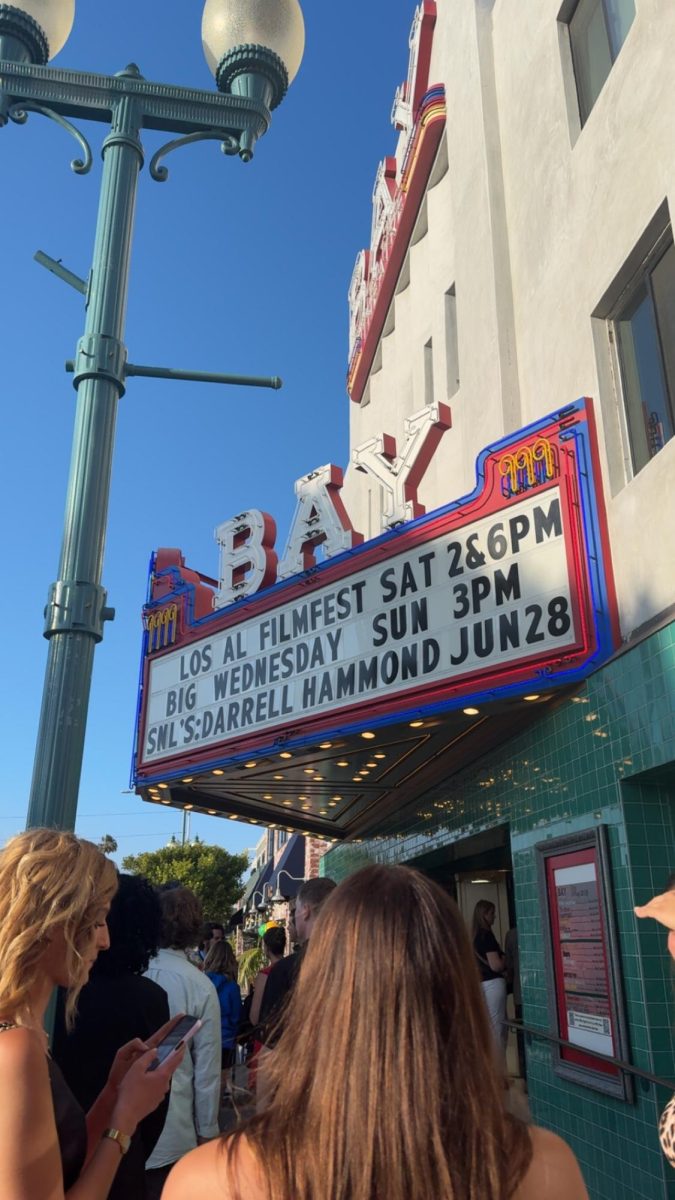The beautiful mess of the public domain
A brief look at what the public domain is, how it works, and its effect on the film industry
A diagram of numerous intellectual properties that are currently in the public domain
March 9, 2023
LOS ALAMITOS, CA — The public domain, which allows for free use of intellectual property, is a significant part of the copyright system. There are many ways for property to fall into the public domain, most commonly through the passing of time.
Copyrights expire and fall into the public domain when the copyright isn’t renewed, which is not very common, or when a certain amount of time passes, which is more common. An example of this process was that any works from 1923 were available in 2019, 1924 in 2020, and so on. For any works created post-1977, the copyright becomes void 70 years after the author’s death.
A problem arises when a character is portrayed in different ways by the original creator. This is the case for the character Sherlock Holmes, who has been in the public domain since the 1980s. The original author’s estate claimed ownership of the version of Holmes that could express emotion, along with other oddly specific descriptions.
While this may seem weird and complex, it actually makes it so inventions can be freely used by the public. This allows people to have access to important technology that can help people through life. Due to the public domain, historic stories and characters become free for use by anyone.
In recent years there have been numerous films made using properties from within the public domain. For instance, the Netflix original “Mowgli: Legend of the Jungle” based on “The Jungle Book,” the live-action “Alice in Wonderland” films by Tim Burton, “War of the Worlds” starring Tom Cruise, and most recently “Winnie the Pooh: Blood and Honey.”
While some of these films are faithful to their source material, several of these films explore different ideas than the original story or tell entirely different stories using iconic characters. These popular characters bring in big audiences, allowing for new or smaller filmmakers to attract attention that they otherwise might not have.
However, this becomes a double-edged sword. While small filmmakers might be able to attract a larger audience, the films might not be the quality that people are expecting. “Winnie the Pooh: Blood and Honey” is the perfect example of this. A horror slasher film featuring Winnie the Pooh and Piglet is a concept so ridiculous that it was sure to bring in audiences. While it succeeded in doing this, the film has grossed $3.5 million on a budget under $100,000, the film is objectively horrible. Terrible acting, special effects, and story aside, the film isn’t scary.
While it is true that the public domain has led to mediocre and flat-out terrible projects, it has also provided some incredible works of art. The most recent success is “Guillermo del Toro’s Pinocchio,” a stop-motion animated film that has brought in awards at prestigious shows this year. Del Torro uses elements from the classic Pinocchio story to tell a brand new story that is sure to amaze.
The public domain has provided many incredible stories and just as many, if not more, terrible ones. While it may seem needlessly complex, at times it allows for the exploration of classic stories and characters that otherwise might not have been seen. Not to mention the other inventions and ideas that are in the public domain that help people live better, healthy lives. If it weren’t for the public domain, characters would eventually become stagnant, whereas now iconic characters can be used to tell inventive stories and expose new audiences to icons.






